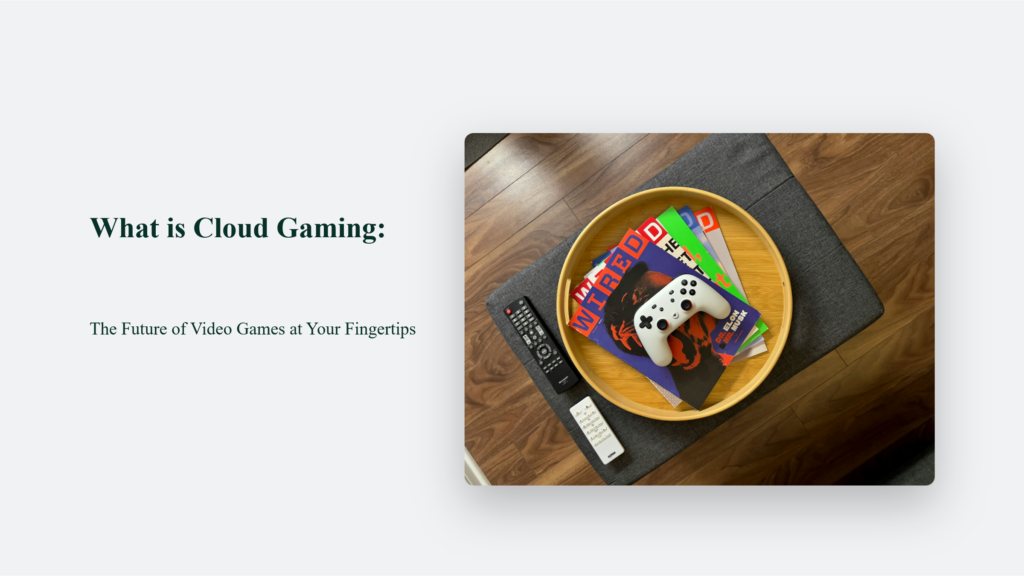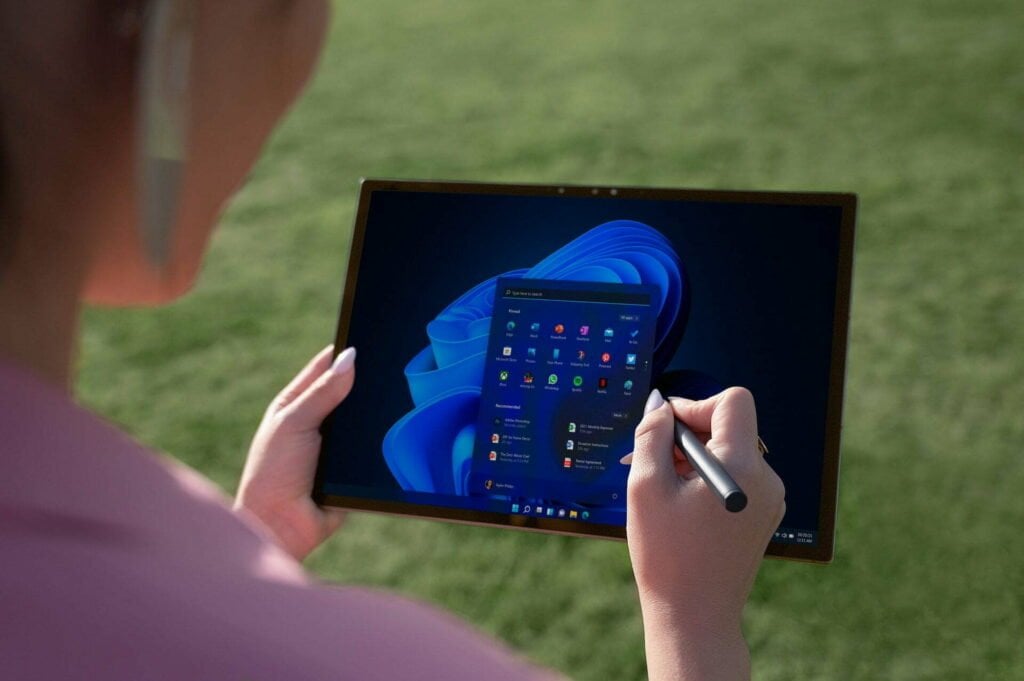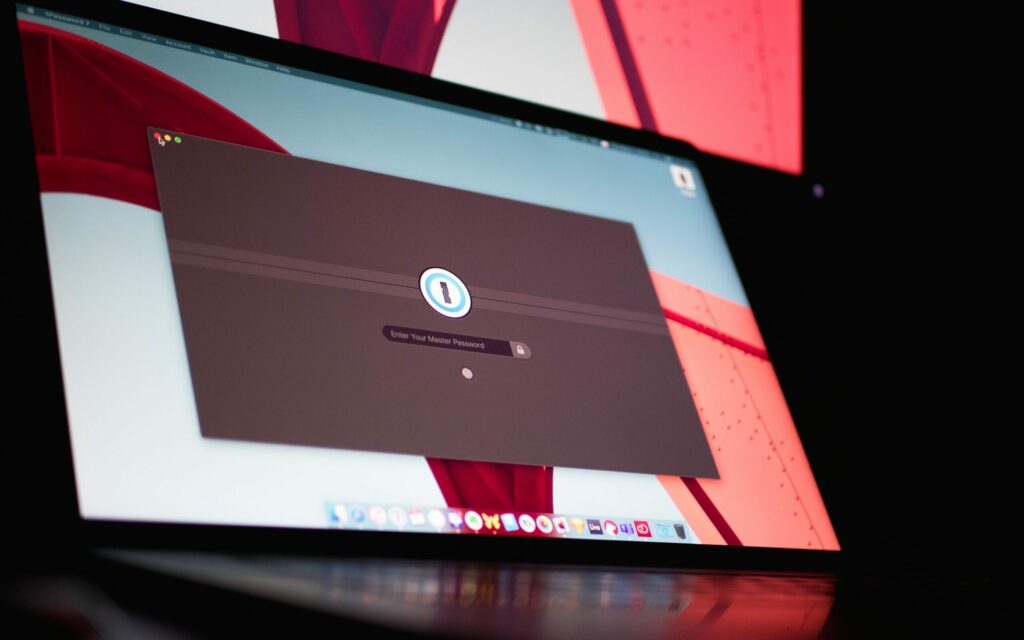Remember the days when you had to buy a new console or upgrade your PC every few years just to play the latest games? Those days might soon be behind us, thanks to cloud gaming. But what is cloud gaming, the technology that’s shaking up the gaming industry? Let’s dive in and explore the world of cloud gaming minus the hype and the jargon.

What is Cloud Gaming?
Cloud gaming, also known as gaming on demand or gaming-as-a-service, is a method of playing video games using remote servers in data centres. Instead of relying on a console or high-end PC, cloud gaming allows you to stream games directly to your device, much like how you stream movies on Netflix.
Here’s how it works:
- You choose a game on your device (smartphone, tablet, smart TV, or low-end PC).
- The game runs on powerful servers in remote data centres.
- Your inputs (button presses, mouse movements) are sent to these servers.
- The servers process your inputs and stream the video and audio back to your device.
- You see the results on your screen in real time, as if the game was running locally.
The beauty of this system is that you can play graphically intensive games on almost any device with a good internet connection. There is no need for expensive hardware upgrades or large game installations.
The Rise of Cloud Gaming: From Concept to Reality
Cloud gaming has indeed come a long way since its inception in the early 2000s. What was once a futuristic concept has now become a viable and rapidly growing segment of the gaming industry. Let’s dive deeper into the evolution of cloud gaming and examine the factors that have contributed to its rise.
The Early Days of Cloud Gaming
Cloud gaming’s roots can be traced back to the early 2000s. In fact, a Finnish start-up called G-Cluster showcased the first cloud gaming technology at E3 2000. This marked the beginning of a new era in gaming, although it would take nearly two decades for the technology to mature and gain widespread adoption.
In the years that followed, several companies experimented with cloud gaming concepts:
- 2005: Crytek began exploring cloud gaming for its game Crysis.
- 2010: OnLive launched the world’s first commercial cloud gaming service.
- 2011: Gaikai introduced its cloud gaming service featuring popular titles like Dead Space 2 and Mass Effect 2.
These early attempts faced significant challenges, primarily due to limitations in internet infrastructure and video compression technology. However, they laid the groundwork for future developments in cloud gaming.
Technological Advancements Fueling the Rise
The recent surge in cloud gaming’s popularity can be attributed to several technological advancements:
- High-Speed Internet: The widespread availability of broadband and fibre-optic internet has significantly reduced latency issues.
- 5G Networks: The rollout of 5G networks is expected to boost cloud gaming by providing even faster and more reliable connections.
- Improved Video Compression: Advanced compression algorithms have enabled the streaming of high-quality game footage with minimal lag.
- Powerful Data Centers: Developing more powerful and efficient data centres has enabled cloud gaming providers to perform better.
Major Players Shaping the Cloud Gaming Landscape
As the technology matured, major tech companies began to take notice and invest heavily in cloud gaming:
- NVIDIA GeForce Now: Launched in 2015, GeForce Now allows users to play games they own on various platforms through NVIDIA’s cloud servers.
- Sony PlayStation Now: Introduced in 2014, it was later integrated into the PlayStation Plus subscription service.
- Microsoft xCloud: Launched in 2020, xCloud (now part of Xbox Cloud Gaming) is integrated with Xbox Game Pass Ultimate and offers a vast library of games.
- Google Stadia: Launched in 2019, Stadia was Google’s ambitious entry into cloud gaming. Despite its innovative features, it struggled to gain traction and was shut down in 2023.
- Amazon Luna: Announced in 2020, Luna is Amazon’s answer to cloud gaming, leveraging its vast AWS infrastructure.
How Cloud Gaming is Changing the Game
Cloud gaming is revolutionizing the way we play video games by removing hardware barriers and making high-end gaming experiences more accessible. Here’s a more detailed look at its benefits:
- Accessibility: Cloud gaming lets players enjoy graphically intensive games on low-end devices. According to a report by Newzoo, this could potentially expand the gaming market by over 1 billion users.
- Convenience: With cloud gaming, there’s no need for downloads, installations, or updates. Games can be played instantly, saving time and storage space. For example, Google Stadia claimed that players could go from clicking a game link to playing in as little as five seconds.
- Cost-effectiveness: Cloud gaming eliminates the need for expensive hardware upgrades. Users can play on existing devices instead of investing in a high-end gaming PC or console. The average gaming PC costs around $800-$1200, while cloud gaming subscriptions typically range from $10-$15 per month.
- Cross-platform play: Cloud gaming enables seamless transitions between devices. For instance, Microsoft’s xCloud allows players to start a game on their Xbox and continue on their phone.
- Instant access: Players can start gaming immediately without waiting for downloads. It is particularly beneficial for large games – for example, Red Dead Redemption 2 has a file size of over 100GB, which could take hours to download on an average internet connection.
The Technology Behind Cloud Gaming
Cloud gaming relies on two primary technologies:
- Cloud Computing: Games run on powerful servers in data centres. These servers handle all the processing and rendering tasks.
- Video Streaming: The video output is compressed and streamed to the player’s device in real time.
Key components of cloud gaming technology include:
- High-performance servers: Cloud gaming providers use powerful servers capable of running multiple instances of games simultaneously.
- Low-latency networks: Fast, reliable networks are crucial for transmitting data between the server and the player’s device.
- Advanced video compression algorithms reduce the amount of data that needs to be transmitted without significantly impacting video quality.
- Adaptive streaming technologies adjust video quality based on the user’s internet connection to maintain smooth gameplay.
One of the biggest challenges in cloud gaming is latency. To address this, providers use various techniques:
- Edge computing: Placing servers closer to users to reduce network latency.
- Predictive algorithms: Anticipating player actions to pre-render frames.
- Input prediction: Estimating player inputs to reduce perceived lag.
For example, Google Stadia claimed to use a technology called “negative latency,” which predicts player actions to pre-render frames.
Challenges and Limitations of Cloud Gaming
Despite its potential, cloud gaming faces several challenges:
- Internet requirements: A fast, stable internet connection is crucial. NVIDIA recommends at least 15 Mbps for 720p at 60 fps and 25 Mbps for 1080p at 60 fps.
- Latency issues: Even with advanced technologies, there’s still some delay compared to local gaming. This can be particularly problematic for fast-paced games.
- Limited game libraries: Not all games are available on cloud gaming platforms. Licensing agreements and technical limitations can restrict the available titles.
- Subscription costs: While potentially cheaper than buying hardware, subscription fees can add up over time. Most cloud gaming services cost between $10-$15 per month.
Data usage: Cloud gaming consumes a significant amount of data. For example, Google Stadia can use up to 20GB per hour at 4K resolution.
The Bottom Line:
In conclusion, cloud gaming is revolutionizing how we play and think about video games. It’s breaking down barriers, making high-end gaming more accessible, and opening up new possibilities for game developers and players alike. While it’s not without its challenges, the potential of cloud gaming is enormous. As technology continues to evolve, we may be looking at a future where any game can be played anytime, anywhere, on any device. The cloud’s the limit!
Frequently Asked Questions:
Do I need a powerful computer to use cloud gaming?
No, that’s the beauty of cloud gaming. You can play high-end games on almost any device with a good internet connection.
How much internet speed do I need for cloud gaming?
Most cloud gaming services recommend at least 10-15 Mbps for a good experience, with higher speeds needed for higher resolutions and frame rates.
Is cloud gaming cheaper than traditional gaming?
It can be, especially if you factor in the cost of hardware. However, subscription fees can add up over time.




